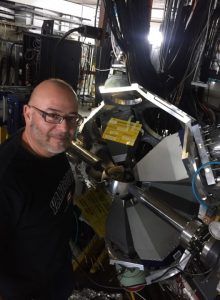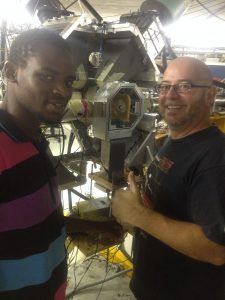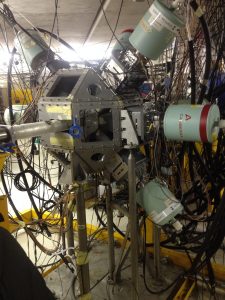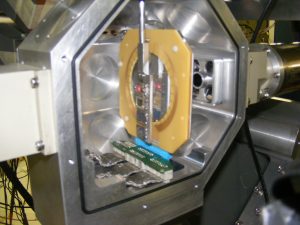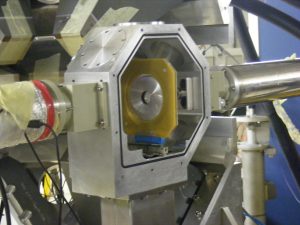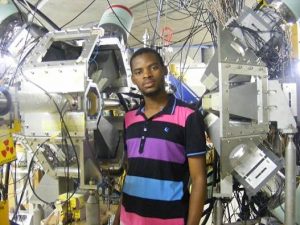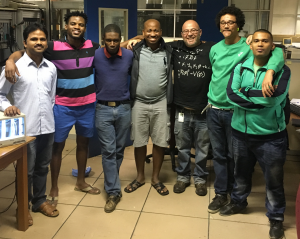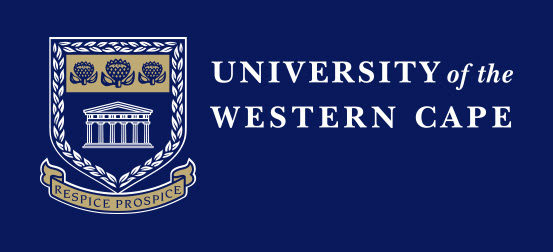Skip to content
CERN
TRIUMF
TLABS
MLL
Our recent Letter in PRC is a proof-of-principle study of our first Coulomb-excitation measurements carried out at iThemba LABS using particle-gamma coincidences, with experimental and theoretical pipelines built from scratch. We determined with unprecedented accuracy the spectroscopic quadrupole moment of the first 2+ state in 36Ar for the first time at safe energies. It turns out that A=4N self-conjugate nuclei present similar rotational properties than the well-deformed rotors in the A~180 region. Fifteen students have graduated from this program and additional manuscripts led by our students are under review. This academic exercise was crucial to train our students to set up and run similar experiments at HIE-ISOLDE (2017) and TRIUMF (2018).
Further we developed new exotic stable beamsusing organometallic chemistry to run novel nuclear reactions at iThemba LABS [PIs: Nico Orce and Rainer Thomae]. We aproduced the first isotopically-enriched organometallic beams in South Africa through the Metal Ions from VOlatile Compounds (MIVOC) method. The construction of a new chemistry lab and the production of 60Ni and 62Ni organometallic compounds were undertaken by my PhD student N Kheswa, through a collaboration between the Physics and Chemistry Departments at UWC and iThemba LABS. These new beams were successfully accelerated with intensities of ~0.5 pnA during our first pre-GAMKA experiments Coulomb exciting pure 60Ni and 62Ni beams in October-November 2019. Two additional MSc students from UWC finished successfully the data analysis during 2021 and manuscripts are in preparation.
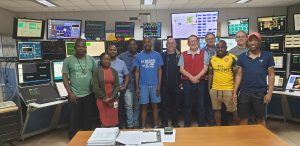
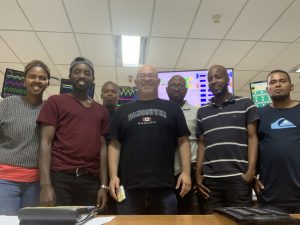
Impact: the broad variety of organometallic compounds that can be produced and injected into the ECR ion source impacts new research capabilities at iThemba LABS. For instance, this allows for the study of nuclear reactions in inverse kinematics, which present a great advantage when measuring nuclear lifetimes with large recoil velocities or gamma-strength functions and nuclear level densities of nuclei which are otherwise inaccessible.
